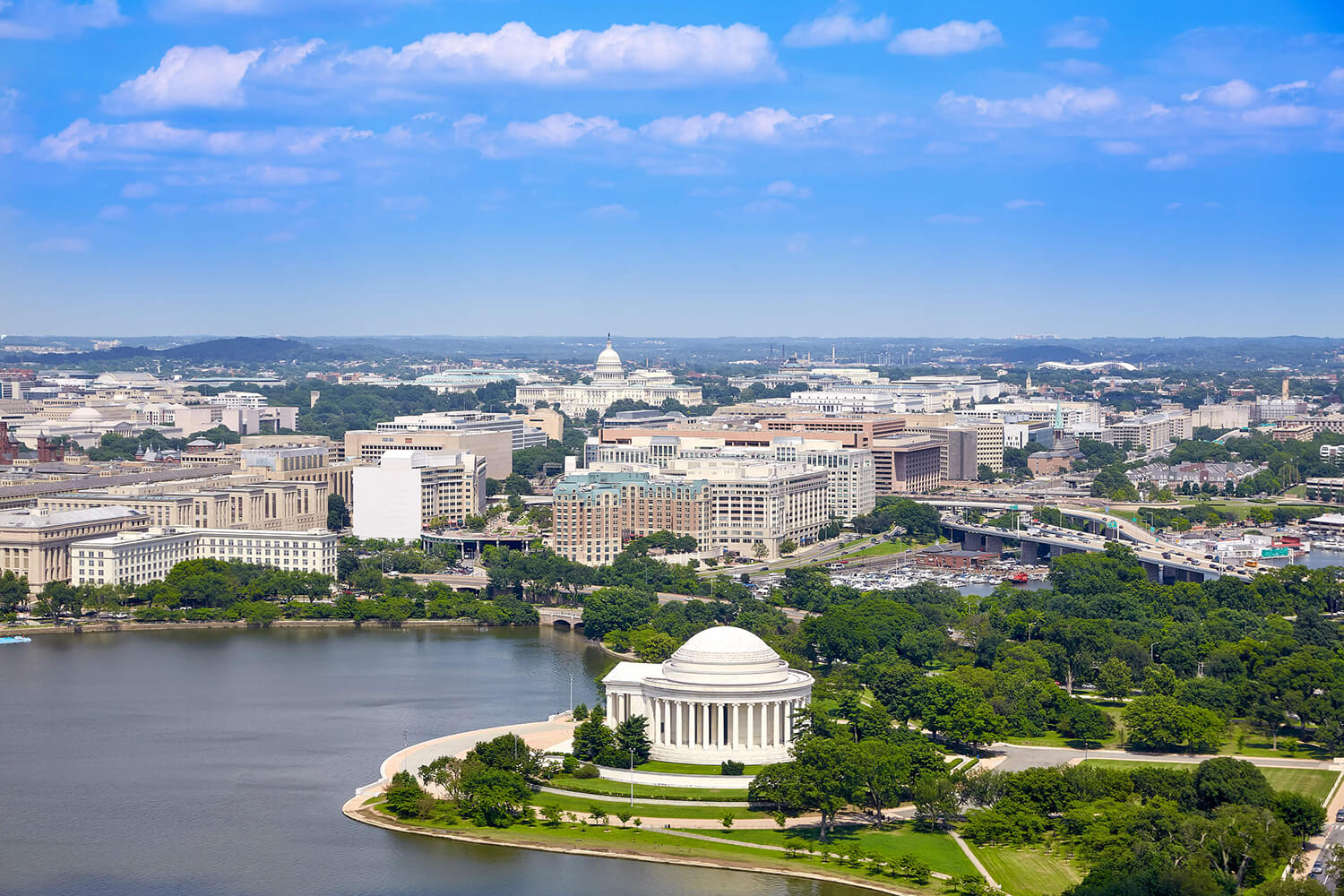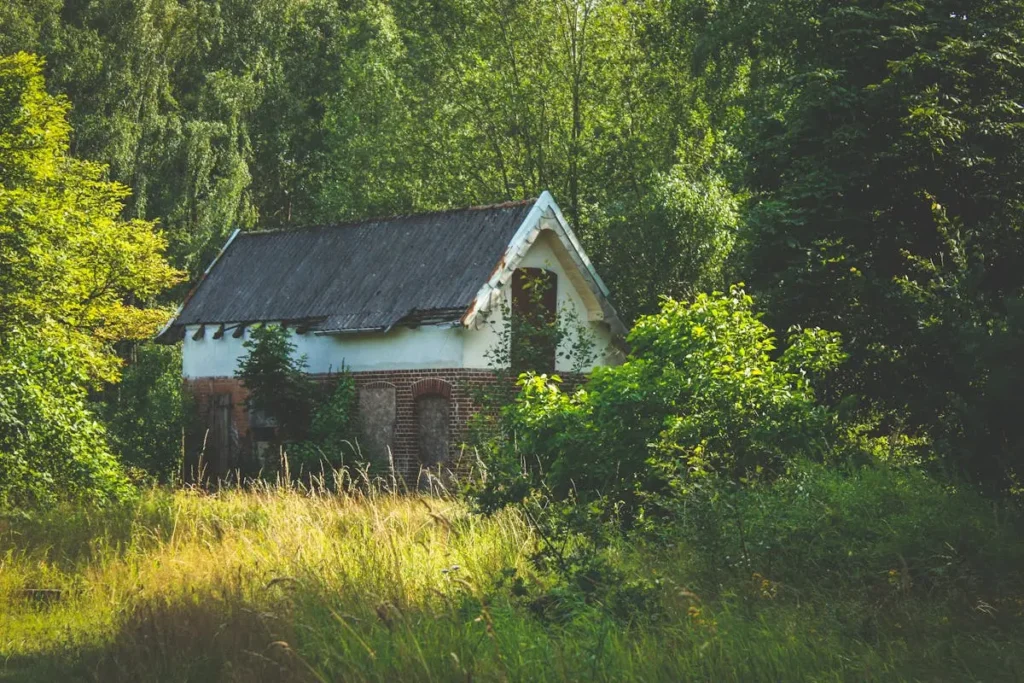A house’s location is its primary feature that can’t be changed, and moving into an unfamiliar area can be daunting. Knowing how to quickly assess the safety and security of an area is a practical and important skill. Determining neighborhood safety doesn’t always need to be a gut decision, and this article can assist you in identifying important aspects of safety and security in urban design. Certain factors like architecture, infrastructure, and development all impact the safety of an urban area, specifically in relation to the city and its layout.
The safety of a home’s location is a potential home buyer’s most common considerations. There are many factors that influence the safety of an area, but one that is often overlooked is the actual design of cities and neighborhoods. Making updates to established urban areas to increase safety according to modern insights and understandings is an ongoing issue for local governments and city planners. Washington D.C. is one U.S. city that is changing fast, and there are effective services available for those seeking to sell a home in the D.C. area.
The Problem of Safe Urban Design
Local and state governments create building codes for new construction to ensure structural integrity and promote urban safety. However, the challenges of retrofitting old buildings and communities for new safety codes and modern upgrades can be enormous. For example, it can be very difficult to do thorough construction on residential areas that are still tenant-occupied. The cost would be prohibitive, and those neighborhoods would experience almost constant construction. Together, these factors could reduce resell values.
Large, well-established cities like Washington D.C. and Baltimore experience constant turnover of homes being bought and sold. Today, these old, well-established cities are experiencing sudden growth near city centers. In these conditions, home buyers must learn how to recognize what urban safety looks like in order to protect themselves from unseen hazards.
Urban Planning Factors Which Impact Safety
Many different factors contribute to urban safety including architecture and infrastructure, local climate and economy, and development.
Architecture
Homes can be built with safety in mind. Buyers shopping for a home in a city with secure urban planning should consider whether the area contains architecture that incorporates security principles. Examples of secure architecture include buildings suitable to withstand potential natural disasters. In this regard, safety and security in urban design depends upon the materials, techniques, fire prevention, flood control, and similar measures used in construction.
Counter to many people’s first instincts, compact urban centers are also relatively safer than cities with urban sprawl, which can lead to more traffic fatalities. Even the soil composition beneath a foundation can impact a house’s ability to remain standing after an earthquake. Safety and security in urban design can be improved with planning policies that require building on soil that is not overly soft and not overly thick atop the bedrock. Homeowners can also make improvements to existing structures ensure a home is safe and sound.
Infrastructure
Infrastructure that promotes urban safety is more compact and protected from natural catastrophes. It should also be designed for safe transportation of vehicles, bicycles, and pedestrians alike. Security in urban design should be focused on limiting the likelihood of road collisions, such as reduced road speeds and “complete streets” with designated bike lanes and green medians to facilitate safe pedestrian crossing, Safe cities also include widespread, reliable public transportation options.
Ecological Management
Safety and security in urban design includes a consideration of how a city interacts with the local environment. Cities continue to cope with air and water pollution from industry and vehicles that threaten people’s health. Some neighborhoods experience more pollution and environmental damage than others which affects the expected lifespan of people in those communities. While property can be less expensive in these areas, home buyers may need to do consider their own sensitivities to air pollution when purchasing a home. As a result of their pollution-reduction benefits, open spaces like parks, lakes, community gardens, and trails are becoming more valued in modern cities.
Sustainable Development
One of the fastest growing and most popular aspects of urban planning is sustainable development. Sustainable development prioritizes energy and efficiency while aligning with the local environment, and balances the human needs of new houses and buildings. Sustainable development also includes innovative construction practices like porous concrete, solar roofs, and rooftop gardens.
How to Choose Safe Areas to Live
When moving to a new city, there are a few helpful elements of urban design that can assist in identifying safe and desirable areas of a city.
Learn About the Area
When considering a new city or neighborhood, learn as much as possible about urban safety in that area. First and foremost, learn about local crime rates. Most cities make this data publicly available. Also look into accidents at major traffic thoroughfares as well as current and past industrial air, soil, and water pollution. Some areas are also more prone than other to natural and man-made disasters like floods, earthquakes, and fires, so do your research before buying.
Investigate Building Regulations
Building codes and other regulations are implemented with the goal of improving urban safety. Some communities have more lax building regulations in an effort to attract development or minimize costs, while others are more strict to promote safety and security in urban design. Building and land use regulations can make a big difference on the quality of new construction, and sometimes old buildings are allowed to avoid these requirements by being grandfathered in.
Find Out About Construction Updates
Generally, older buildings were built to a lower urban safety standard than what is required today. Old buildings may also be energy inefficient or use hazardous materials like lead paint or asbestos. Similarly, just like it’s a good idea to know some buyer’s finance lingo when it comes to finding a home, it’s also a good idea to understand what sellers might be really saying if they use words like “quaint” or “rustic,” and what implications that has for your safety.
When considering a move to a new area, understanding some key elements of safety and security in urban design can help potential buyers find desirable areas to live. By promoting and instilling simple secure design principles into everyday urban planning decisions, citizens and government officials create greater opportunities for people to thrive in urban areas.




